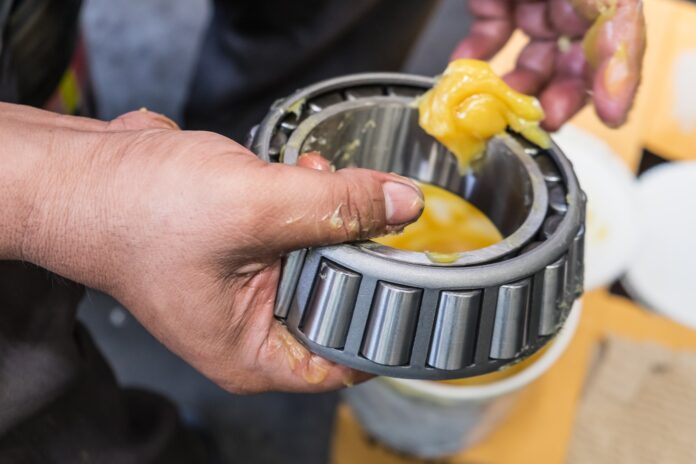Grease is an important component of many fleet managers’ operations that is often neglected. Failure to maintain your fleet vehicles properly greased may result in expensive repairs and downtime for your business.
Selecting the best grease for truck chassis can help you avoid paying for mechanical repairs that aren’t required for your fleet.
Learn about grease categories and consistencies so that you can select the best grease for the job.
The owner’s handbook for your vehicle should be the first item you consult before making any purchases of grease products. There is vital information in this section on the recommended National Lubricating Grease Institute (NLGI) grade for your vehicle’s chassis and other mechanical components.
Regarding consistency, the National Lubrication Grade Index rates grease from 0 (also known as triple-naught) all the way up to 6. Grain consistency varies from the thinnest to the thickest, with the thinnest greases being as thin as cooking oil and the thickest greases being as thick as cheddar cheese.
Generally speaking, most vehicles need grease in either number 1 or number 2 formulations, with number 1 being used more often in cold-weather situations when mechanical repairs cannot be performed in a warm shop.
Because of the normal lubrication procedure, fleet managers who use No. 2 greases when it is not required may result in excess grease being pushed out of interface seals, resulting in excess waste and the ability for undesired particles to adhere to the truck’s components.
It is necessary to use the best grease for truck chassis. The National Lubrication Guideline Institute (NLGI) identifies chassis-specific grease as “LB,” whereas wheel bearing grease is designated as “GC.” The majority of specialists suggest utilizing greases branded GC-LB, which may be used on both of these components without causing any problems.
Dropping Point and Synthetic Grease Issues to Take into Account
In addition to thickness and application, fleet managers should take into consideration the dropping point of the grease they have chosen. The dropping point is defined as the temperature at which grease begins to liquefy as a result of high heat.
Using grease that has a greater dropping point is recommended if your vehicles work in high-temperature environments.
In the commercial trucking industry, grease is an expensive investment that must be made in order to avoid unnecessarily long downtime periods and the need for regular mechanical repair visits. As a consequence, a large number of fleet managers use synthetic grease products.
Even though they are more expensive than their conventional counterparts, synthetic greases provide a number of benefits for fleets, including better performance in both high and low-temperature conditions, as well as a longer lifespan for vehicle component parts.
Although synthetic grease is more costly, the advantages of using it much exceed the costs of lost production and frequent mechanical repair visits for your vehicles.
Conclusion
The best grease for truck chassis has good flow properties and has been shown to be successful in providing a persistent and replenishable protective layer against dust, salt, water, and other particles that may be found on roads.
In order to guarantee the optimum fit, always consult with your lubricant supplier regarding your application and the temperature range you anticipate encountering.








